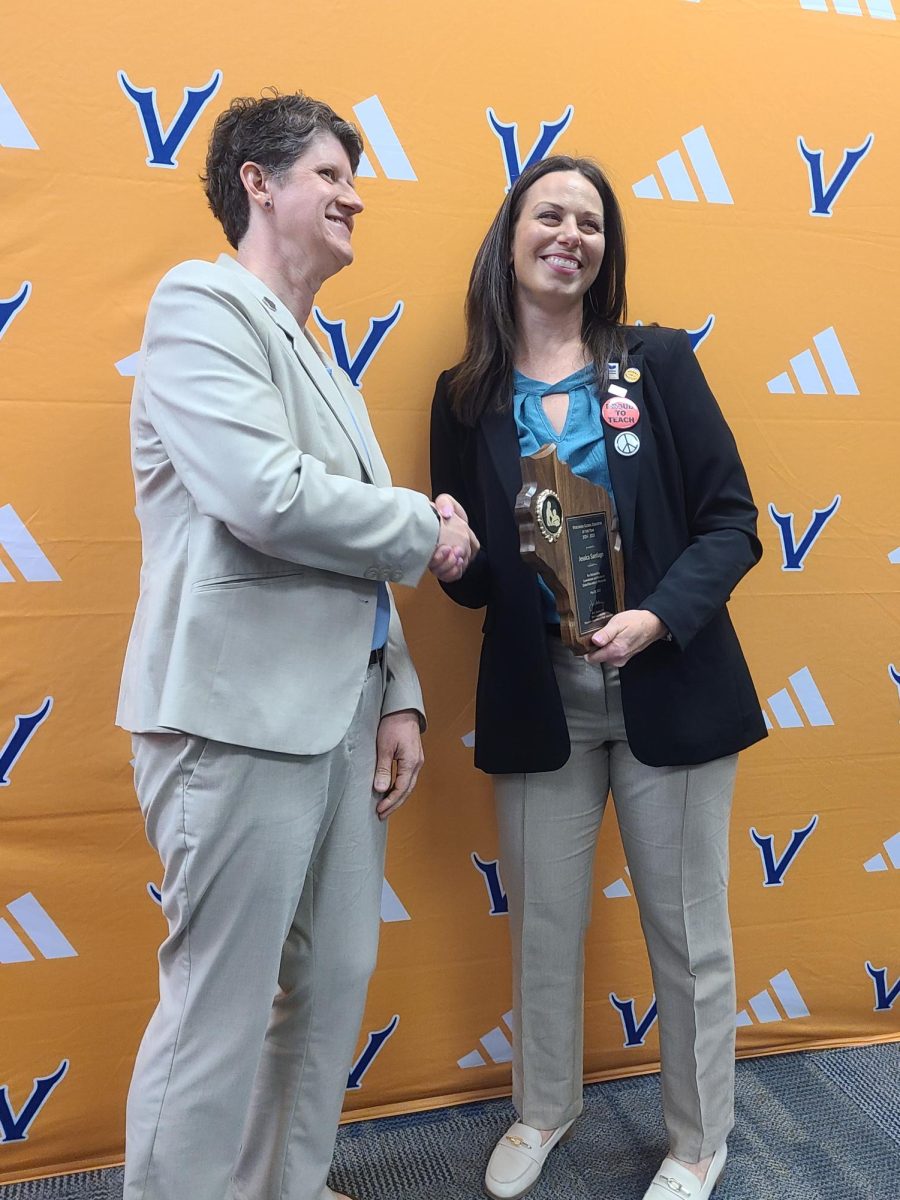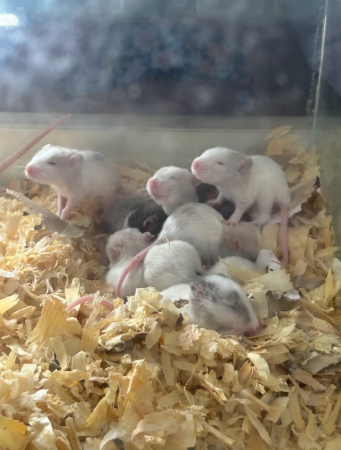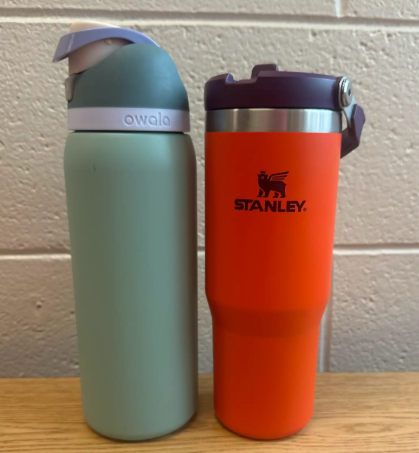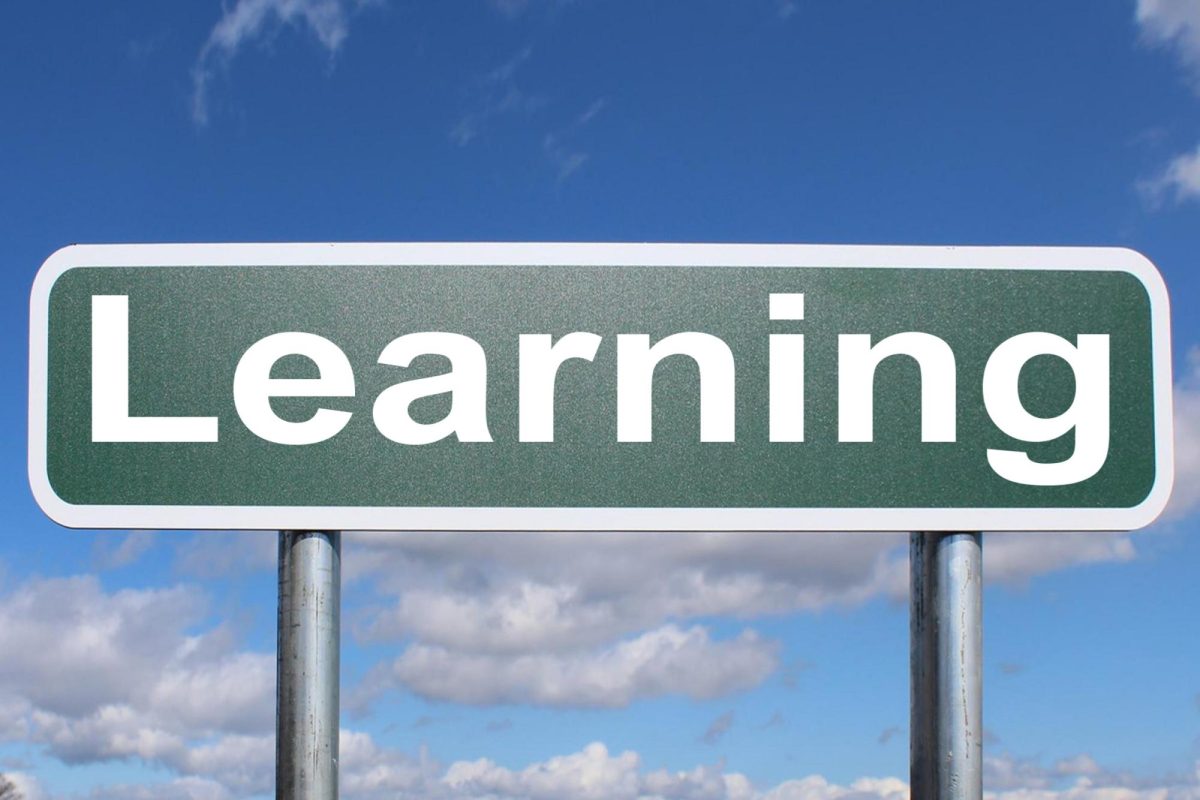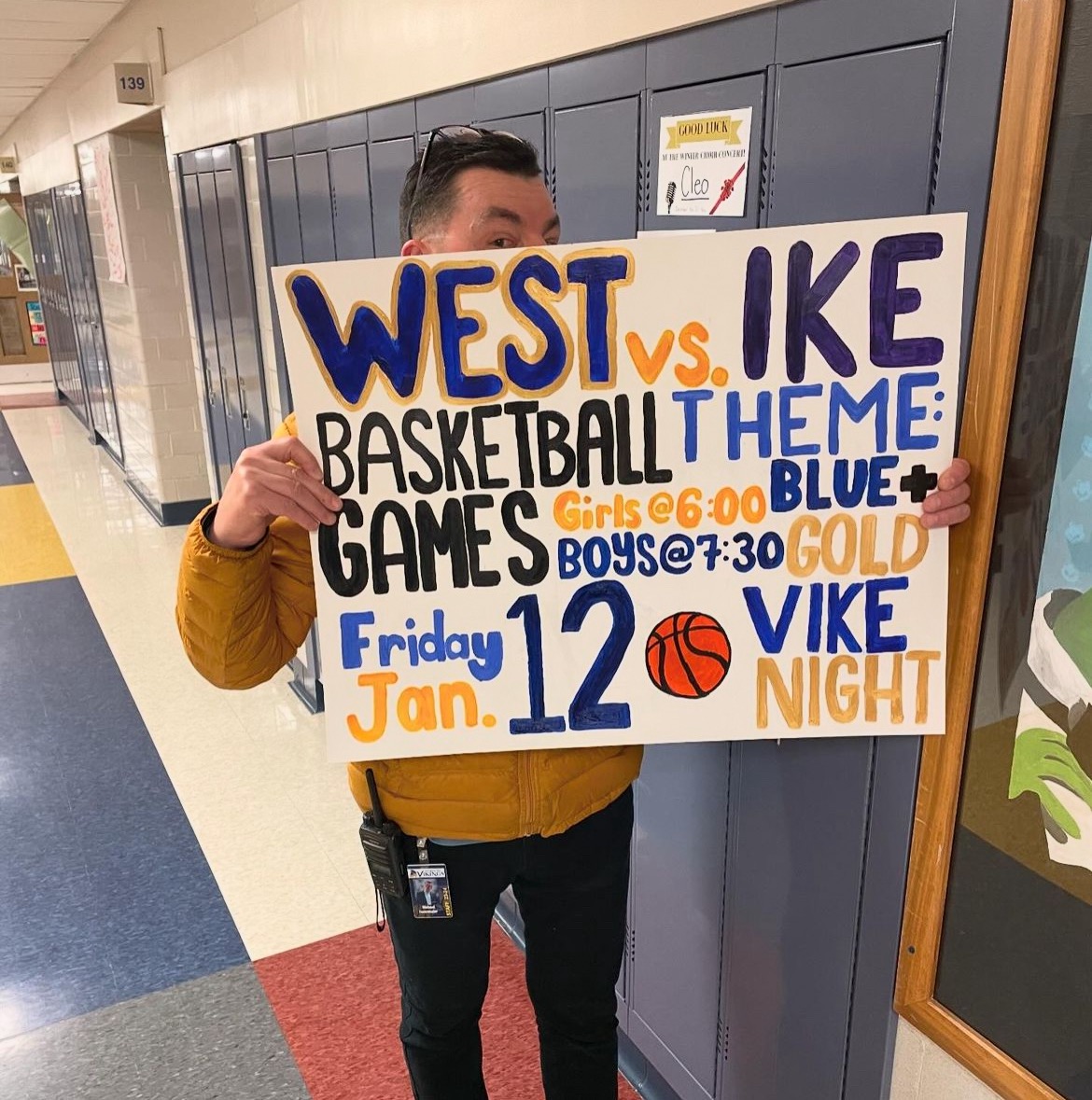Looking Six Months Back
This article is part of a series of articles that were written last school year but were never published due to the pandemic. The Norse Code has decided to publish these articles to give insight into how people were feeling at that time.
Between quarantine and the COVID-19 pandemic, high school students are struggling with being socially isolated. Not only does isolation take a toll on high schoolers, but on other generations as well. While working in a retirement home and seeing how this pandemic affects them first hand, it is easy to say that they are struggling just as much as we are.
“People ages 65 and older are at higher risk for COVID-19, the disease caused by the new coronavirus. So are people with chronic medical conditions such as heart disease, diabetes, kidney disease and respiratory illness. Both groups are heavily represented among the nation’s 1.3 million nursing home residents” as reported by AARP.com. Conditions like those previously mentioned are super common in nursing home residents, making them highly susceptible to the virus.
The Centers for Medicaid and Medicare Services (CMS) and the Center for Diseases Control and Prevention (CDC) have made rules for protecting those in assisted living and nursing homes. One of these rules is strictly limiting visitors; most allow no visitors. Spme others include taking the temperatures of residents daily and halting communal activities, says AARP.com.. The bright spot of most elderly people’s day is seeing their family, so this new rule has truly taken a toll on them.
“It’s hard not to see any of my family, especially in times like these,” said one of the residents at my work. This shows how they struggle going without seeing their loved ones. They are officially isolated from everyone and on the other hand, we get to see the people we live with, they barely get out of their rooms. We get to be occupied by our phones, activities in our houses, family, but they have nothing to do.
“It just gets lonely in here with nothing to do ” said another resident. This shows how bored they can truly get with absolutely nothing but themselves and their TVs. A lot of elderly people don’t have an in-depth understanding of technology like younger generations do, so they can’t use things like cellphones and computers. We can relate to them because as teenagers we like to go out and see other people and go to the places that are now shut down. Something both generations can relate to is the only human contact currently is through the phone.
“I see them [family] on facetime but it’s not the same as in person,” said another resident.
Another issue nursing home and assisted living residents are facing is not being able to see their religious leaders. Leaders of local congregations are unable to visit residents. Personally, my grandma has been affected by this. She lives in a memory care nursing home, and has severely missed seeing her pastor. She likes seeing someone she knows, and her religion brings her comfort. Not having this opportunity has been hard on her. Chaplains affiliated with a hospice are permitted to visit those whose cases are considered imminent, meaning they will likely die soon. This is a positive, but I know for my grandma she likes seeing someone she knows. The rules are for the residents’ safety, but it is still very hard on them.
The CDC explains that certain compassionate care situations such as end of life situations, visitors (family) can come visit but with restrictions like limiting the number of people. My grandma took a turn for the worse a few weeks ago, and it was really scary thinking that I may never get to see her again.
She had to go to the hospital for a doctor’s visit. After being at the hospital, her nursing home is requiring her to be isolated from everyone for 14 days. Being an elderly person, she can’t be alone as she needs help doing daily tasks, so a sitter must be with her 24 hours a day for her 14 days of isolation. This has been a big financial burden. These measures are for her own safety and for the safety of the other residents at her nursing home, but it’s been very hard on her. She misses even just eating meals in the dining room and seeing others.
COVID-19 has had an especially large impact on others like my grandma who need memory care.
“At least half of older adults living in long-term facilities suffer from cognitive impairment with Alzheimer’s disease or other dementias” according to CDC.gov. Those with memory needs thrive on routine, and COVID-19 has been disrupting that. The daily activities that used to be carried out have been changed according to CDC policy, and change is hard for those with memory needs to get accustomed to. For example, at my grandmother’s facility, everyone ate every meal together in the dining room. Now, eating times are staggered so not too many people are in the dining room, and everyone has to sit at their own table. While this may seem like a small difference to most, small disruptions like this are a big deal to those with memory needs.
COVID-19 has turned the world upside down for everyone. I don’t think many people imagined our lives looking like this. This virus has affected just about every person, some more than others. It’s important to recognize those who have been most affected and do what we can to help. One way to help residents living in nursing homes and assisted living facilities is to write cards and or mail for them or drop them off. Just a little recognition goes a long way, and a card for a resident can easily brighten their day.

